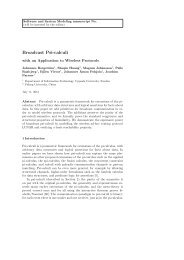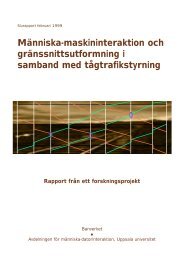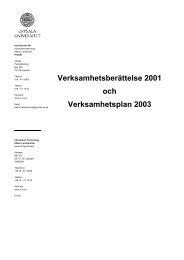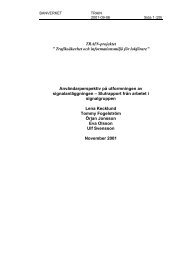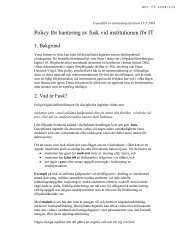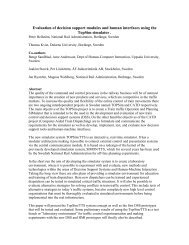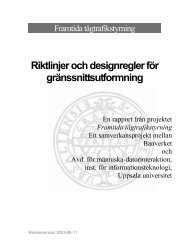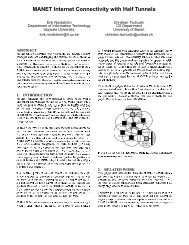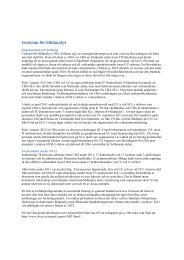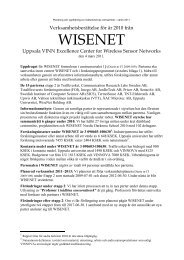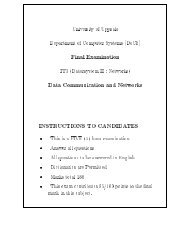Evaluation of Authentication Algorithms for Small Devices
Evaluation of Authentication Algorithms for Small Devices
Evaluation of Authentication Algorithms for Small Devices
Create successful ePaper yourself
Turn your PDF publications into a flip-book with our unique Google optimized e-Paper software.
2.5 Modified Needham-Schroeder Protocol<br />
Modified Needham-Schroeder Protocol[4] is a challenge-response authentication algorithm<br />
using a public key system. For such a algorithm it is evidently that all<br />
communication partners have access to the public-key <strong>of</strong> the others. Ether exchanged<br />
in the very beginning or via a Key-Distribution-Center (KDC).<br />
The algorithm works as follows:<br />
• A sends her identity and a nonce 4 N A encrypted with Bs’ public key to B:<br />
K + B (A, N A )<br />
• B decrypts the message, and sends As’ nonce, another nonce and a session key<br />
K AB , encrypted with As’ public key to A 5 .<br />
• A returns Bs’ nonce encrypted with the session key.<br />
After these three messages A and B have authenticated each other. To get further<br />
in<strong>for</strong>mation on computations needed <strong>for</strong> Encryption / Decryption see Appendix 1.<br />
But to understand this table a few additional in<strong>for</strong>mation is given:<br />
• The b stands <strong>for</strong> the number <strong>of</strong> blocks which are needed<br />
• b(s) means number <strong>of</strong> blocks times number <strong>of</strong> cycles needed <strong>for</strong> the task<br />
• (748 + 10s) is the number <strong>of</strong> cycles <strong>for</strong> DES encryption<br />
it is 10s because <strong>of</strong> the 10 s-boxes where the number <strong>of</strong> cycles <strong>for</strong> the single<br />
S-Box is represented by the variable s (which will be replaced by a number<br />
later on)<br />
A<br />
B<br />
b 1 (s) K B + (A, N A ) −→ KB − (N A ) b 1 (s)<br />
b 2 (s) KA − (N A ) ←− K A + (N A , N B , K A,B ) b 2 (s)<br />
b DES (748 + 10s) K A,B (N B ) −→ K A,B (N B ) b DES (748 + 10s)<br />
In order to get the number <strong>of</strong> simple multiplications <strong>for</strong> that algorithm, It is now<br />
possible to sum up. But there are three things that have to be taken into consideration<br />
first. The used encrpytion algorithms work on fixed length Bitstrings. To<br />
get these Bitstrings the message is padded to a multiple <strong>of</strong> its’ needed blocklength.<br />
After that this padded message is splitet into b bitstrings: b = P addedMessage . So the<br />
NeededBitlength<br />
encryption has to be executed B times in order to encrypt the whole message.<br />
As the private key is much longer than the public key, the input chains have different<br />
length. The third important thing is, that DES does not work with simple multiplications<br />
but is calculated in processor cycles. That means that b DES (748+10s) is the<br />
4 A nonce is a random number used to connect multiple messages together<br />
5 Where K + A an operation with As’ public and K− A private key is. K A,B is a symmetric Key <strong>for</strong><br />
A and B



